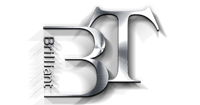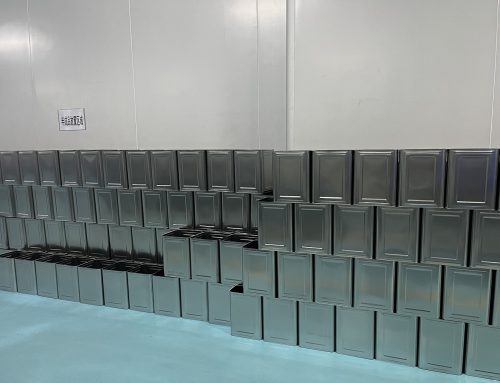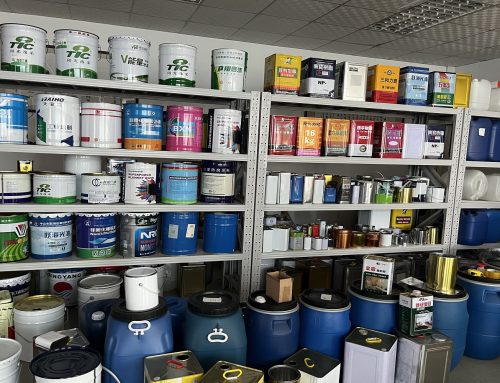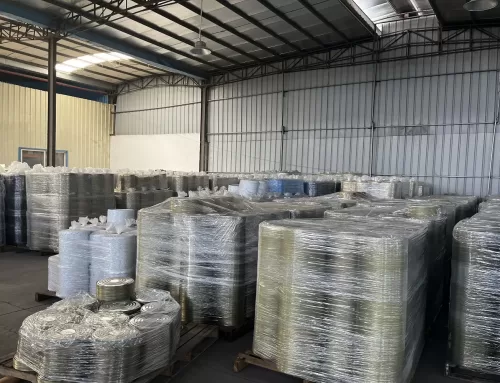Plate Making
Plate making for tinplate follows the same procedures as other plate-making methods, comprising the original manuscript, color separation, plate output, and plate exposure.
(1) Original Manuscript Plate Making: It serves as the basis, reflecting customer requirements for product appearance.
(2)Color Separation and Plate Output: Currently, laser imagesetters are primarily used for color separation and plate output. This involves scanning the original image to record the copied image on film in a dot-by-dot exposure form.
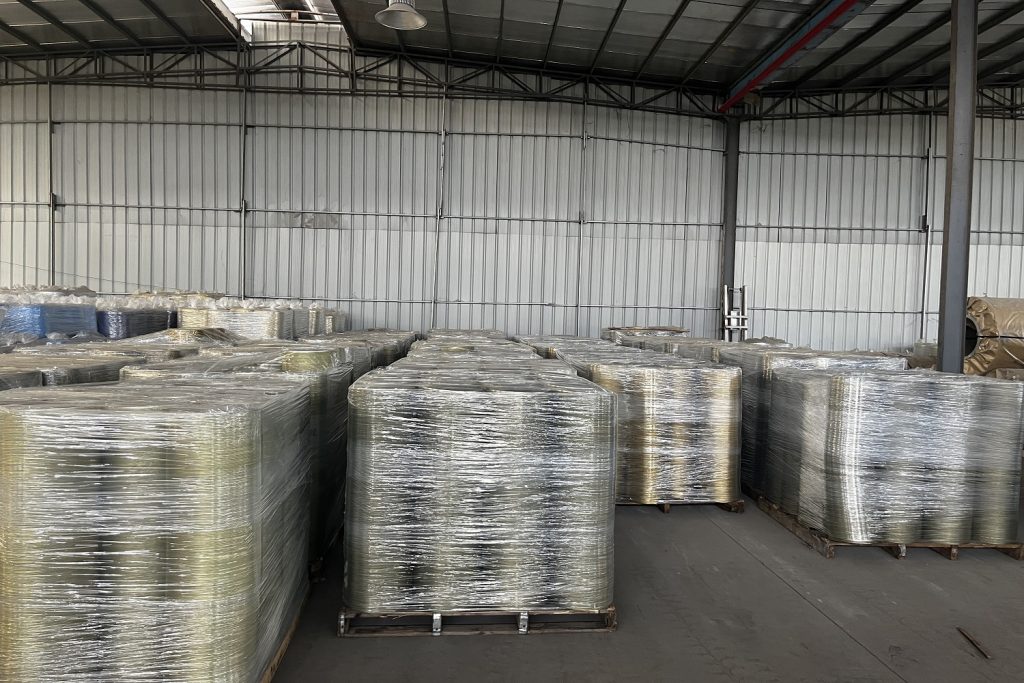
Quality control requirements for color separation film include:
①Solid density ≥ 3.5
② Color registration accuracy error (diagonal length error) ≤ 0.01%
③Gray fog density ≤ 0.05.
(3) Plate Exposure:
①Exposure involves placing the photosensitive plate and film in the exposure machine, creating a vacuum to ensure close contact, and completing the exposure process. Refer to section 3.1.6.4 for exposure principles.Main control parameters for exposure machine (reference): suction 40 counts, vacuum pressure ≥ 80kPa.
Exposure time for solid plate: 16-18 counts; halftone plate: 14-16 counts. (Adjust based on actual measurements using the exposure control strip. Normal parameters for the control strip are the first 3 levels are clean, 2% dot is uniform, 12μ halftone dots are continuous, and 15m solid dots are continuous.)
②Development: This step removes the unexposed part of the photosensitive layer, maintaining hydrophilic properties on the aluminum plate surface. The developer is generally an alkaline aqueous solution.
Strict control of development temperature, speed, oven temperature, and developer ratio is necessary.
③Cleaning: This involves removing excess ruling lines, original plate marks, tape marks, and dirty spots from the plate.
④ Repair: Repairing involves fixing missing lines and broken paths caused by the original plate, photosensitive layer, or other factors.
⑤Baking the Plate: To enhance print resistance, the plate can be baked (230°C/5min).
⑥Applying Protective Gum: After plate making is complete, a layer of BE5 Arabic gum can be applied to protect against contamination.
Printing Parameter Control
①Solid Density: Solid density is the primary control parameter for printing, with recommended values (measured with a densitometer):
Yellow: 0.90-1.1
Blue: 1.45-1.55
Red: 1.50-1.60
Black: 1.60-1.80
②Dot Control: Generally controlled to ensure no loss of 5% dots, no dot merging at 95%, and a ≤25% increase in 50% dots.
③Printing Contrast (K Value):
Yellow: 0.15-0.25
Blue: 0.30-0.35
Red: 0.30-0.35
Black: 0.30-0.35
④Solid Printing Color Difference (△Eab):*
Same batch and color: △Eab* ≤ 5 . Same sheet and color: △Eab* ≤ 4.
